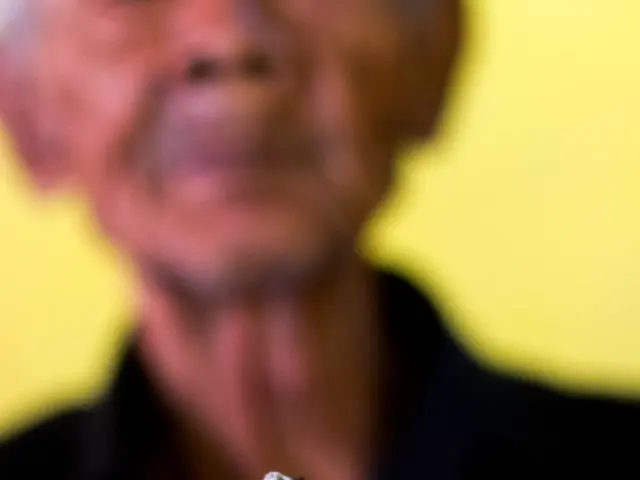Deaths associated with train surfing revealed as dangerous activity in study findings
NEWS REPORT: Tragic Consequences of Train Surfing
In response to the ongoing practice of "train surfing," transportation authorities worldwide, including Wiener Linien, ÖBB, and various international train operators, have warned that such dangerous behavior could potentially result in lethal consequences. Despite these warnings, young individuals continue to climb onto train roofs seeking an adrenaline rush, often with fatal consequences. A poignant example occurred last year in Vienna, where four individuals climbed onto an U4 train to film themselves "surfing." at the Schönbrunn station, a 17-year-old and an 18-year-old collided with a pedestrian bridge, resulting in their deaths at the hospital. A disturbing video of the incident circulated online.
A newly published study sheds light on the risks associated with such stunts, focusing on high-voltage electrical injuries, which pose the most significant threats due to proximity to overhead lines during "train surfing." It is worth noting that railway overhead lines typically have a voltage of 15,000 volts. Analyzing data from 32 injured "train surfers" between 1994 and 2024, compared to 70 work accidents during the same period, researchers found that the amputation rate among "stowaways" was twice as high as in similar work accidents. As stated in the study, "electrical injuries from high voltage present a complex challenge in emergency and reconstructive surgery, as multiple organ systems are often affected."
Before engaging in such perilous acts, it is essential to consider that a shock can occur without direct contact, as high-voltage arcs can discharge through the air and inflict devastating injuries. In addition to deep burn injuries, many patients suffer severe mechanical injuries, such as skull fractures, spinal injuries, and polytrauma due to high-speed falls or collisions with train infrastructure. The majority of those affected are men, making up 90% of the injuries. Despite severe injuries – with an average of 50% of the skin surface burned – survivors can consider themselves fortunate, as the mortality rate in high-voltage accidents is 25%. In light of last year's fatalities, the Wiener Linien has issued an appeal: "No social media video, no dare, and no selfie in the world is worth this risk."
Background:
Operated by Wiener Linien, the sixth-largest tram network, Vienna's U-Bahn system consists of 109 stations and around 880 kilometers of bus lines. During peak times, approximately 1,000 vehicles are in operation, capable of transporting over 260,000 people concurrently, with each U-Bahn train seating 900 people. As of 2023, around 1.2 million individuals held an annual pass or another long-term ticket, while the Vienna Transport Authority, with approximately 8,700 employees, is one of the city's largest employers. The Vienna Police, a significant entity in Austria's public safety and order, employs over 7,278 executive service employees as of December 2024, focusing on various areas, including crime prevention, traffic safety, and public security.
- In addition to the tragic incident at Schönbrunn station, it is important to highlight that such dangerous activities as train surfing are not limited to Vienna, with similar incidents reported in other health-and-wellness and general-news outlets worldwide.
- The study on high-voltage electrical injuries, published in the field of science, emphasizes the risks associated with train surfing, revealing that the amputation rate among incident participants is significantly higher than in typical work accidents, not just in Vienna but globally.
- The crimes and justice department, in collaboration with mental-health professionals, could potentially address the root causes encouraging young individuals to engage in risky behaviors like train surfing, seeking innovative strategies to promote overall health and wellness in the community.
- As the tragic consequences of train surfing continue to unfold, sports organizations should take the initiative to organize safe and legal adrenaline-seeking activities that cater to young individuals, providing an alternative outlet for their energy and creating greater awareness about the lethal risks associated with train surfing.








